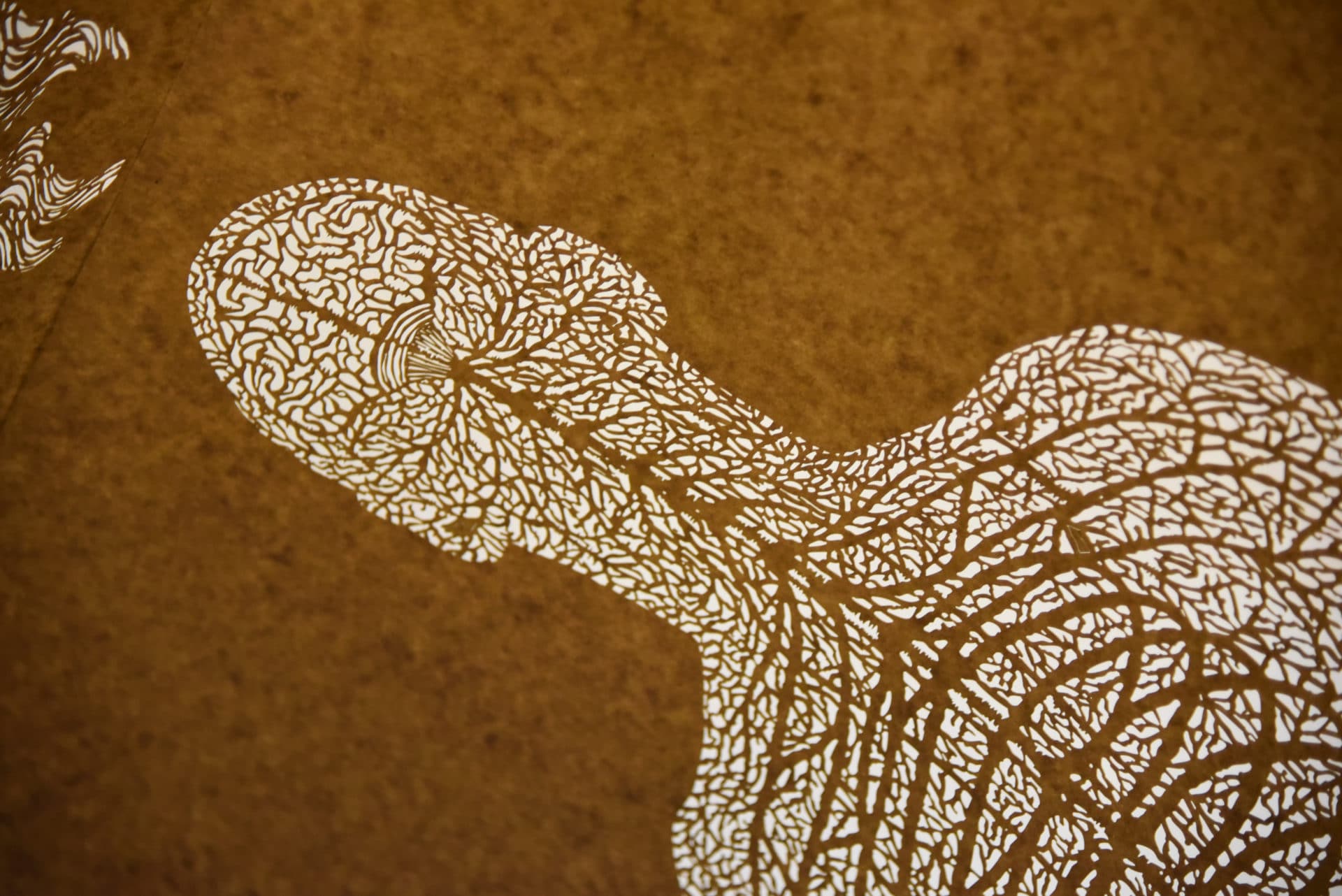By Kimberley Whitehead, University College London
As creatures that spend a glorious one third of our lives asleep, we might be quick to assume that all animals on earth sleep. Do they, and if so, how can we actually tell?
To understand the mechanisms of sleep and wakefulness better, physiologists often study animals. This is because their nervous systems are simpler, but still share similarities with ours. For example in animals with fewer genes involved in sleep, such as flies, it is easier to understand genetic effects. In the case of the zebrafish, life is made easier for neuroscientists who use this species because the fish is transparent when young, so the brain is visible and can be imaged in a living fish! However, if scientists study a fly or a fish, how can we tell that they’re asleep, especially if they don’t have eyelids?

Before we can look at differences in sleep between species, we first need to define criteria of sleep that we can apply to even simple animals. Firstly, sleep has to be reversible! If somebody was unconscious and couldn’t ever be roused, that would be a coma state, rather than sleep. Secondly, arousal threshold – i.e. what it would take to get a response – has to be increased during sleep, compared to wakefulness. For example, a cat will let you put all sorts of objects on it while sleeping, which it never would have tolerated when awake! Thirdly, sleep tends to happen at certain times of day, and in certain positions or situations: for us a nice comfy bed, for fish at the bottom of the tank.
In addition to these behavioural differences, if sleep is a distinct state from full consciousness, we would expect brain activity to differ. It turns out that indeed, even in flies, there is a difference in brainwaves between wakefulness and sleep. Brainwaves reduce in size as we fall asleep. Humans then go through cycles in which brainwaves get bigger and slower as sleep deepens whereas this is not apparent in flies for example.

Not only does sleep differ from wakefulness, it also varies across our lifespan. The sleep-specific brainwaves of adults are not present in baby rodents and humans. This suggests that sleep in early life may differ from sleep in adults.
Young animals also sleep much more. This extensive sleep in early life might be important for learning; baby flies deprived of sleep don’t learn how to find an appropriate mate. In mammals, there is some evidence that the twitchy movements babies have during sleep might help them to learn how to sense their environment.
Not only is sleep different in early life, it also differs in later life. In the elderly, changes in sleep patterns are seen across the whole animal kingdom. In both flies and humans, their sleep becomes more fragmented and elderly humans are more likely to report sleep problems than young adults.

Understanding the criteria of what defines sleep, and the normal changes in sleep across the lifespan, paves the way to understand sleep disorders, such as narcolepsy. The brain circuits involved in narcolepsy are the same between zebrafish and humans. This offers exciting opportunities to understand these circuits better, because they’re so much easier to manipulate in fish. Aside from diseases which primarily affect sleep – like narcolepsy – many neurological disorders eventually affect sleep. This means that researchers using animal models can use sleep as a marker of overall brain health or degeneration.
Since there are ways to tell whether even simple animals are asleep, research about sleep across the animal kingdom can offer fresh insights into the million dollar questions of why we sleep, and what causes sleep problems.
This blog is based on a recent public engagement event at the Grant Museum of Zoology, put on by University College London and The Physiological Society. Surrounded by weird and wonderful pickled and stuffed animals, sleep scientists from University College London studying flies (James Jepson), zebrafish (Jason Rihel) and humans (me – Kimberley Whitehead) each brought a different angle to the discussion.
Follow these links to learn more about the research done by:
- Kimberley (https://www.youtube.com/watch?v=CRbAdSkqpmw),
- James (http://www.ucl.ac.uk/ion/synaptopathies/PI/jepson)
- Jason (http://www.ucl.ac.uk/~ucbtjr3/)
